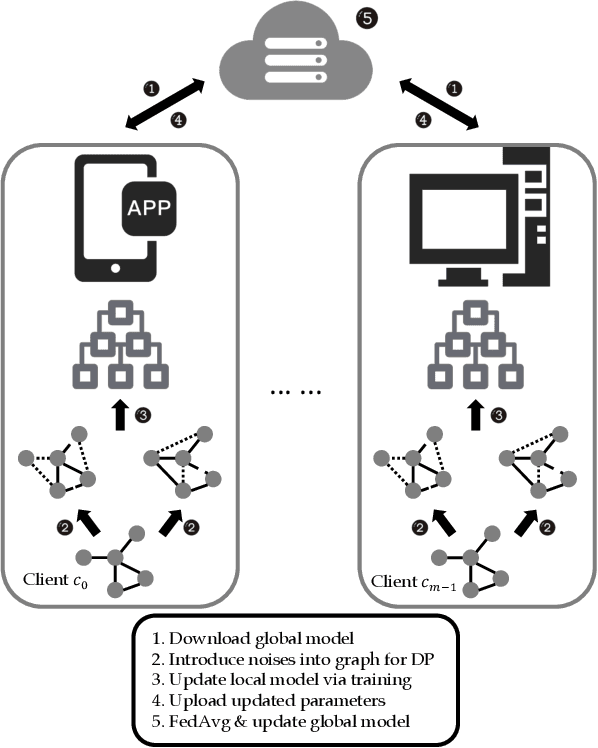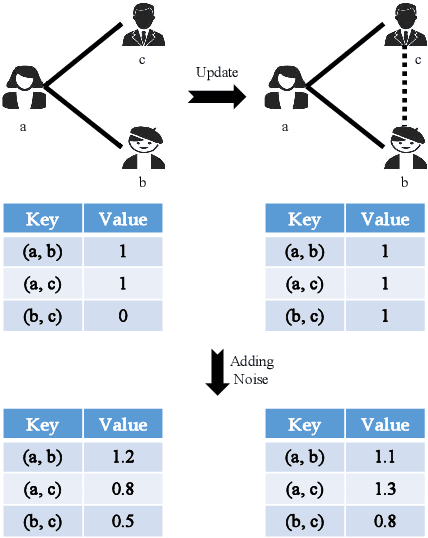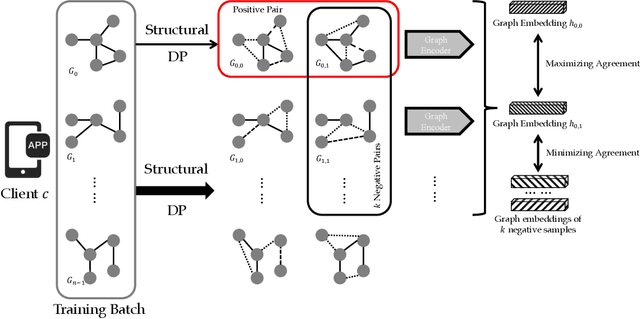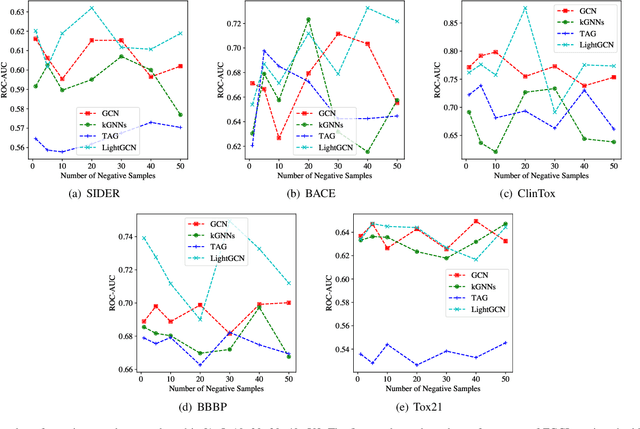Federated Graph Contrastive Learning
Paper and Code
Jul 24, 2022



Graph learning models are critical tools for researchers to explore graph-structured data. To train a capable graph learning model, a conventional method uses sufficient training data to train a graph model on a single device. However, it is prohibitive to do so in real-world scenarios due to privacy concerns. Federated learning provides a feasible solution to address such limitations via introducing various privacy-preserving mechanisms, such as differential privacy on graph edges. Nevertheless, differential privacy in federated graph learning secures the classified information maintained in graphs. It degrades the performances of the graph learning models. In this paper, we investigate how to implement differential privacy on graph edges and observe the performances decreasing in the experiments. We also note that the differential privacy on graph edges introduces noises to perturb graph proximity, which is one of the graph augmentations in graph contrastive learning. Inspired by that, we propose to leverage the advantages of graph contrastive learning to alleviate the performance dropping caused by differential privacy. Extensive experiments are conducted with several representative graph models and widely-used datasets, showing that contrastive learning indeed alleviates the models' performance dropping caused by differential privacy.
 Add to Chrome
Add to Chrome Add to Firefox
Add to Firefox Add to Edge
Add to Edge